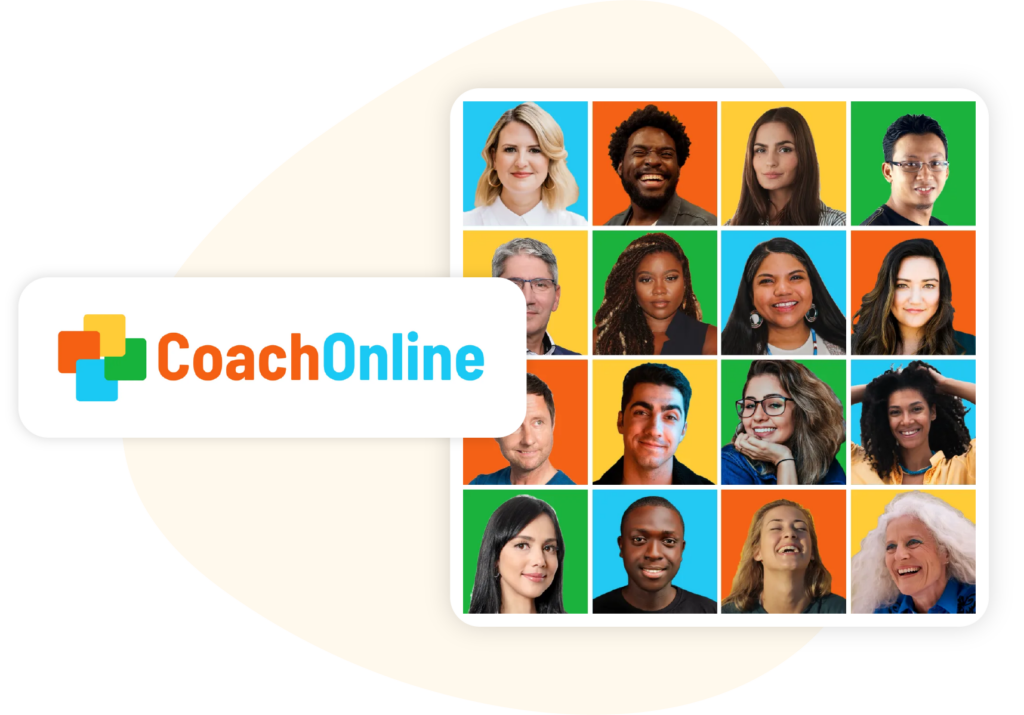Tes Macpherson
When I first started my portfolio career, the thought of marketing myself made me uncomfortable.
I was confident in my expertise, but selling myself was scary – it’s not easy talking yourself up, especially when it’s not a skill that comes naturally. But over time, I discovered the right approach to not only getting across the value of my skills and expertise, but to getting people to buy into me.
Luckily, there are plenty of tools available nowadays to help you build your brand and get yourself out there. But when it comes to marketing, you need a strategic approach.
Mainly because it’s getting harder to stand out
Which is why knowing how to cut through the noise is key. You’re not alone in going solo. According to IPSE’s 2024 report, the UK’s self-employed sector has grown to 4.2 million people, with highly skilled freelancers making up a significant portion of this growth.
The global freelance economy is also expanding at an impressive rate, with a 15% compound annual growth. The scale is equally remarkable in the US, where nearly 70 million professionals freelanced in 2023, with 80% of companies now incorporating freelance talent into their workforce.

The opportunities are there. But as independent professionals, if we don’t learn the art of self promotion to generate sales, that pay cheque is not going to magically appear.
Only those with a systematic approach to marketing will fully capitalise on these opportunities. This article is all about making sure you get off on the right foot. Ready to get started?
How to build your marketing foundations
Step 1. Find your sweet spot (aka your niche)
I know what you’re thinking – won’t niching restrict my opportunities? I used to worry about that too. But in my experience, getting known for a particular thing builds your authority AND generates more leads.
According to MCA, UK consulting revenues have doubled in the last five years, and by showing up as a sector specialist, you’re more likely to be sought after for your expertise.
That’s not to say that you should limit your services just to one niche – you should definitely have generalist offerings as well, but when you’re building your brand, it helps to be known for something. And that niche could become just the thing!

Struggling to decide on what your specialisation could be?
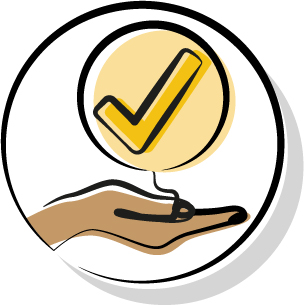
Look for the overlap between what you’re brilliant at, what the market needs and what you can get paid for

Identify gaps in your industry where your expertise can make a difference

Get crystal clear on who your ideal client is (and isn’t)

Test your assumptions with real market research
Step 2. Create your service offerings
You might be tempted to offer loads of different products and services, but I would recommend no more than 3-4 purchasable offers. “A confused mind never buys,” as they say.
Start with a value ladder – a fancy term, yet simple concept designed to take customers on a journey from an entry-level offer to a high-priced premium product.

A free taster
Valuable content to download, or a discovery call to discuss their needs.

An easy 'yes' entry offer (low risk, high value)
An audit works well to uncover a client’s needs, and naturally leads to an opportunity to propose a solution.

Your core service package at a mid price point
The services themselves can be flexible, just adjust the scope of each to suit the price.

A premium option for clients who want the full experience
This may require bespoke pricing, unless you’re able to productise your service so that it can be delivered in a predictable and repeatable format.
Step 3. Make sure your website is impactful
Here’s something that might surprise you: visitors spend an average of just 54 seconds on a website before deciding whether to stay or go, so give them a good reason to stick around.
Here are a few ways to keep visitors engaged with your web content:

Be as clear as possible about who you help and how you help them
This is where focusing on a niche helps you create a more memorable message, rather than sounding generic and wishy-washy.

Ensure your website is well-structured and succinct
And make sure it hones in on what makes you unique! Focus on one clear call-to-action per page.
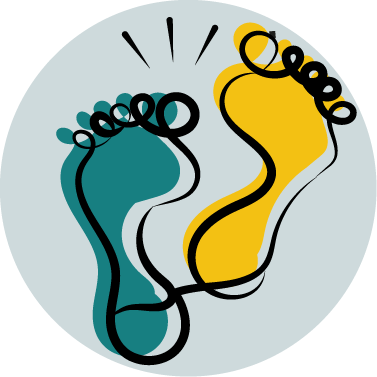
Persuade visitors to take the next step
People rarely make a purchase on their first visit, so encourage them to contact you, book a call or sign up to receive some information.
Step 4. Create expert content that captures leads
According to Hubspot, a massive 83% of buyers are willing to share their contact information in exchange for valuable content that helps solve their problems.

Of course, it’s important to ensure your lead magnet is attracting the right people. I used to offer a generic ‘top tips’ PDF that got lots of downloads, but few clients. When I switched to offering more targeted information that directly related to my services, my sales increased.
Remember, the highest-converting lead magnets are those that offer an immediate solution to a specific problem your ideal clients face.
Step 5. Properly nurture those leads
Getting someone on your email list is just the beginning. According to Campaign Monitor, personalised email campaigns achieve 26% higher open rates and 760% increase in revenue. In other words, it’s about creating email content that actually nurtures your clients.
From my experience, the emails that convert are the ones that:

Build trust and authority

Provide regular valuable insights (not just sales pitches!)

Are personalised and tailored to your audience’s needs

Offer a clear pathway to your services
Step 6. Leverage automation (without losing the human touch)
Here’s a stat from Salesforce that totally changed my perspective: businesses using marketing automation see a 14.5% increase in sales productivity and a 12.2% reduction in marketing overhead.
Marketing is a numbers game, and if you plan to operate at any kind of scale, automation is nothing short of essential.

Here are some of the key areas where automation helps me:
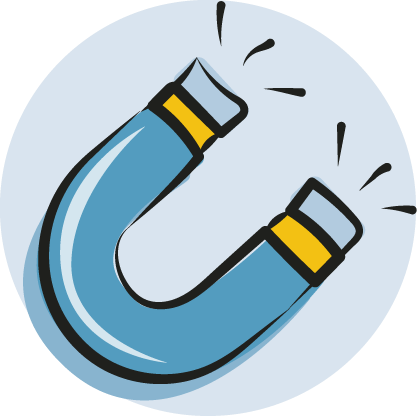
Lead capture and qualification
I use forms with logic to signpost people to the right resources.

Appointment scheduling
Life is too short for email tennis.

Payment processing
Personally, I think it’s worth paying online processing fees if it saves you time elsewhere.

Client onboarding
You can systemise processes and pre-record videos, retaining the personal touch.

Follow-up sequences
Consistent, well-planned communications will impress your clients.
The brilliant thing is that automation actually allows your service to feel more personal, not less. When routine tasks are handled systematically, you can focus your energy on meaningful client interactions.
Step 7. Get yourself in front of the right people
Rather than spreading yourself too thin across all the social channels, focus on the main platform where your ideal clients hang out. LinkedIn is an obvious choice in the B2B space. In early 2025, LinkedIn had 1.1 billion members globally, with 234 million in the US and 304 million in Europe.
Bear in mind that video is increasingly popular with millennial B2B buyers, and personal branding has never been more important. Don’t be shy to message people directly if they show interest.

Another approach is to seek PR in relevant industry publications, feature as a guest on blogs and podcasts, and look for complementary partners for joint ventures and cross-promotion.
Focus your efforts on:

Creating valuable, shareable content

Engaging in relevant professional groups

Building genuine connections

Sharing your expertise consistently
How you can use AI to enhance your marketing efforts:
AI is becoming a big part of our everyday life, but there’s a fine line you have to balance when it comes to using it for your marketing.
Here are a few ways you can lean on AI:

Brainstorm content or map out a first draft
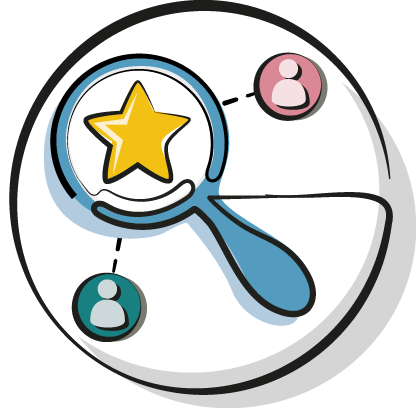
Conduct market research, analyzing industry trends and competitor positioning to identify gaps – though always fact check!

Develop your client profiles

Summarise meeting notes and create reports
The biggest risk I’ve seen is what I call “AI homogenization” – where everyone’s content starts sounding the same. Remember, 82% of buyers say they’re more likely to purchase from a brand with a distinctive voice. Your unique perspective and authentic voice are your greatest differentiators and a hugely important part of your personal brand, so don’t let that brilliant personality get lost in AI-generated messaging.
Here are a few ways to maintain your uniqueness while using AI:

Use AI as a thought partner, not a replacement
Brainstorm angles rather than writing entire content

Inject your personal experiences
Weave in specific stories and insights that only you possess

Apply your unique lens
Your expertise and perspective are what make you distinct

Maintain your voice
Edit to match your natural communication style and personality

Use AI for process, not personality
Let AI handle the structured aspects while you focus on relationship-building
The bottom line is that AI tools can be incredibly powerful allies in your marketing efforts – just make sure they’re enhancing your uniqueness rather than diluting it.
If you want any help with this, at CoachOnline, we’ve developed some AI-powered quizzes to help solopreneurs strategise and build marketing assets that highlight their unique expertise and values.
Bringing it all together
The journey from expert to entrepreneur isn’t about becoming someone you’re not – it’s about getting in front of the right audience and systematically communicating the value you provide.
Technology is a powerful and essential ally in this process, but the key is using these tools to amplify your unique voice rather than replace it. The most successful portfolio professionals I know have found that sweet spot between leveraging systems and maintaining authenticity.
From the use of AI to help you craft your strategy and content, to using funnel software to tailor and automate your follow-ups, the right tools can multiply your effectiveness.
Start small, measure what works and build from there. With a thoughtful marketing approach, you can spend less time hunting for clients and more time doing the work you love.
Need help defining your personal brand and finding your voice?
TPC’s Personal Branding Masterclass is a great place to start!

Think this sounds like the right path for you? Come along to our monthly Community Welcome Call for new members to find out what a portfolio career could look like and how The Portfolio Collective can help you take those first steps towards professional success – and don’t forget to connect with our community!

